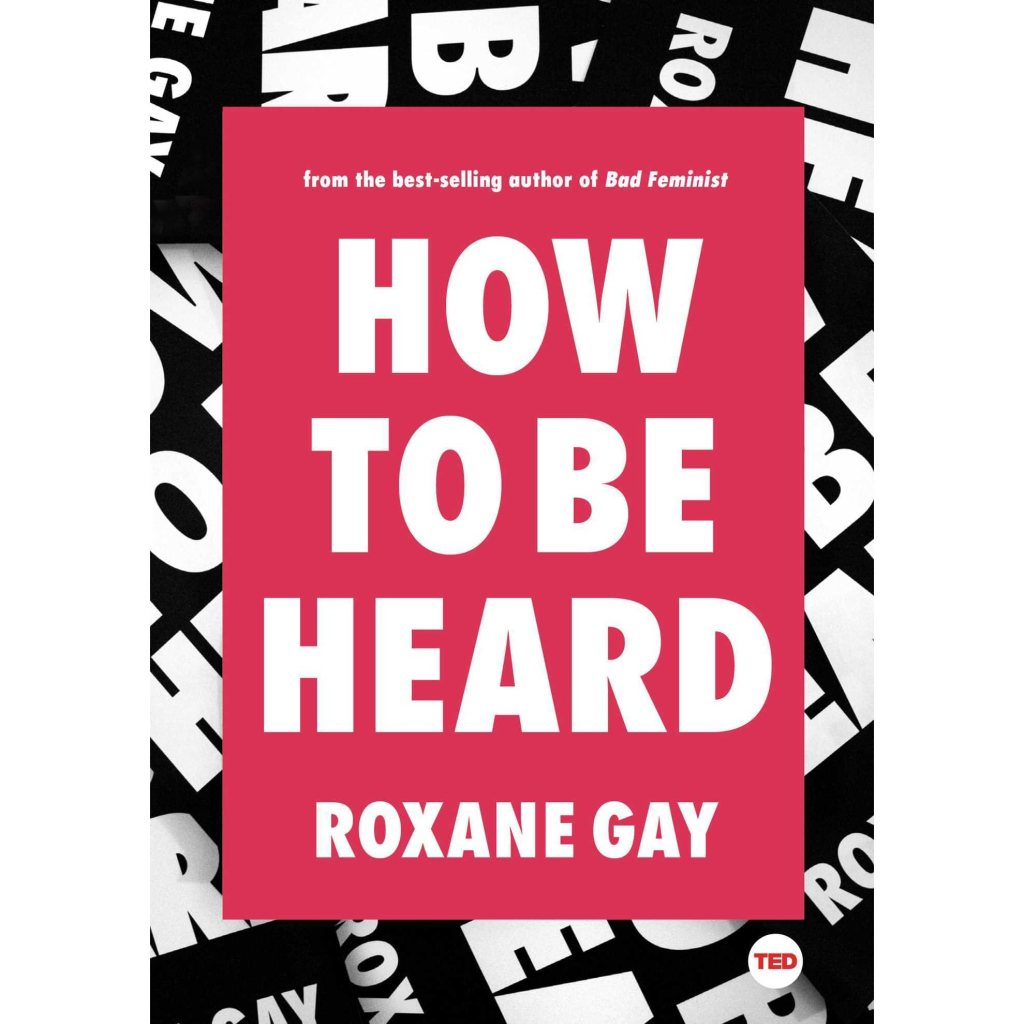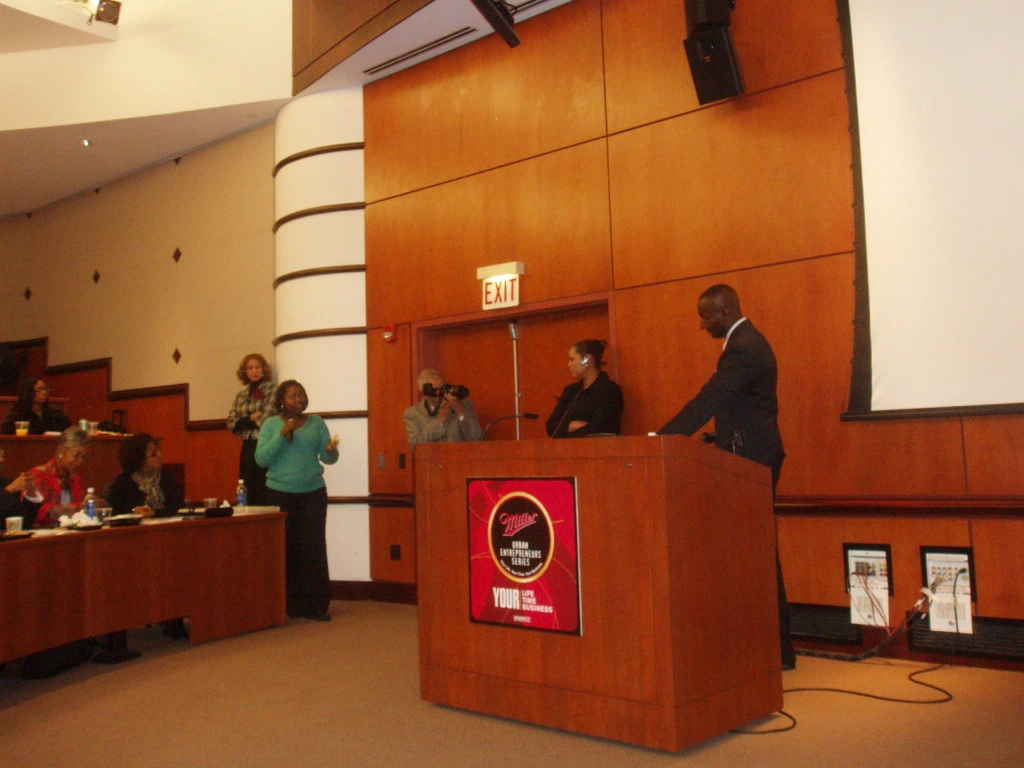Renowned feminist and social activist Bell Hooks once wrote:
No black woman writer in this culture can write “too much.” Indeed, no woman writer can write ‘too much’…No woman has ever written enough.” – remembered rapture, the writer at work,
BELL HOOKS
When I saw that quote, it resonated with me on two fronts. Initially, I thought, “Tell it, Sister! Our story needs to be told everywhere!” Fist in the air emoji! And then came the trigger. I’ve faced deadlines, knowing there were too many words on the screen with no conclusion in sight. The Six o’clock news anchor – with eyes on me waiting for my story to load into the teleprompter.
Meanwhile, my fingers poised over the keyboard, still wrestling with the germ of an idea for the story. Eventually, the story would manifest itself. I would hit “Enter,” and we’d have another successful newscast.
This scenario appears to have a miraculous ending. Except, I left out the mental gymnastics I’d perform to transform the gathered information into a story. And how it allowed me to beat every deadline I’d faced during my five years in broadcast news.
In short, I had success because I’d “hear” phantom questions my news directors had asked, in the past, about my story elements.
- Consider the Audience (Receiver)
- Think about the message you want to send. (Subject/Theme)
- Consider the platform/publication (Perspective)
- Who is the protagonist(s)
- Conflict (What’s the problem?)
- Solution (How will they solve it.)
- Implement (Solution into practice)
I worked for three news directors during my time in radio and TV news. All had great news instinct. They intuitively knew what trend would become newsworthy. But only one of them taught me the truth about preparing stories for the broadcast news audience.
Today, every platform caters to a broadcast news audience. Every platform has the potential to stream live or taped like cable, television, or radio. Therefore, when considering your audience, the goal is to understand what they want.
When you get instant audience feedback, it’s easy to figure out what resonates with them. If not, then we have tools to analyze audience viewing habits in real-time. So, from a blog post to a live news broadcast, you can tell what captures your audience’s attention.
I’m not sure how my former news director arrived at his observation, but he was correct when he said,
“the news audience wants a sexy and STEAMY broadcast.”
News Director
Sexy, i.e., provocative, speaks for itself. But here, the acronym STEAMY means
Share-WORTHY, Timely, Evocative, Alluring, Memorable, Youthful.
As a content producer, the goal is to write to a conclusion and have it make sense. Producing content using the Sexy and STEAMY guidelines helps to put into focus the information you’ve gathered.
So, imagine, as a cub reporter, my first news assignment, was presenting a story that was far from sexy and STEAMY as could be. It was a Sunday, and I had to cover a Catholic church closing somewhere in the Ohio Valley.
The conflict presented itself immediately. The parishioners were distraught at the thought of losing their church home. The Roman Catholic diocese cited budgetary concerns for closing the neighborhood parish. It was a done deal. There was no compromise.
As a reporter, I knew I wasn’t supposed to choose any side. I could, however, pick a protagonist. In news media, the protagonist isn’t good or bad. They are the major player in the story. Initially, I thought the diocese was the protagonist. But once I gathered the information, I found the story was about the people. The parishioners decided after their final Mass at the closing parish, they would move on. Their solution to the closing was to not look back.
So, the assignment started out as a jumbled heap of information filled with emotional upheaval and budgetary concerns. But it became a story of families on their journey to a new parish.
The platform, broadcast television, lent itself to evocative storytelling. As I shared a message of the parish history and its community milestones, the parishioners shared photos, memorabilia on video. I then tagged (wrapped up) the story by revealing how the parishioners would implement the solution. Since their story was playing out on television, it ended with a video montage of the old parish. And their beginnings, with a pilgrimage to the new parish.
So, there you have it. If too many words on a page with no end in sight frightened you as it did me, consider summoning your inner editor. Then you can go forth and write too much. Just as Bell Hooks advised in The Writer at Work.





Tell Me Something Good!